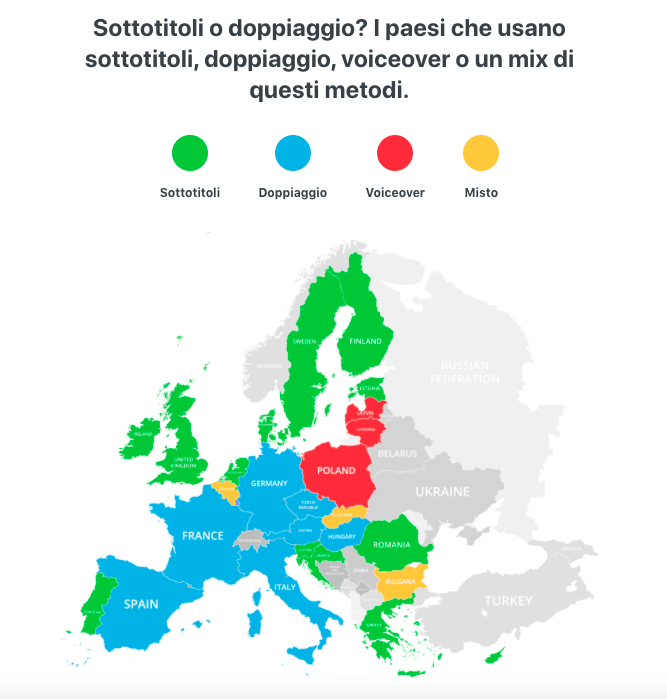In Italy, the study of a foreign language up to ten years ago required greater commitment and effort than in other European countries. It’s all simpler now
According to the European Language Index, despite the linguistic variety, which is the basis for learning a new language, our country ranks 26th among the states where learning foreign languages is problematic. Now, it must be said that learning a new language takes commitment, time and dedication.
Digital technology can help you learn a second foreign language
Precisely for this reason and thanks also to the advances in digital technology, companies operating in the field of learning a foreign language have emerged such the Preply platform which has been in charge of the online study since 2013. This platform created an active global network with thousands of students and 15,000 tutors to study and teach the most popular foreign languages in the world. The statistics have indicated what are the fundamental factors offered by different countries for learning foreign languages. Today we know much more about how to improve and enhance methods for learning and learning a new language. The fundamental factors are in fact divided into seven categories. We start from the cardinal principle that indicates the number of official languages present in a country. From this we then move on to the degree of multilingualism. So if multilingualism lays the foundations for the study and knowledge of a second language, adequate school learning is a key tool in terms of teaching, especially during the primary school years.

From this point of view, for example, Spain appears to be considerably ahead of us, currently occupying the 12th post in the statistics of countries that learn a second language. The top ten countries include Luxembourg, Sweden, Denmark, Finland, Cyprus, the Netherlands, Malta, Slovenia, Belgium and Estonia. As we have said, the criteria by which the system for learning languages has been studied starts from plurilingualism, passing through school study, access to languages through digital means and an innovative system that concerns the vision of material, both didactic and not, with subtitles, dubbing and voiceover. This principle, which affects the final score and the evaluation that places Italy behind countries such as those mentioned above, is based on the Pimsleur method, of listening and repetition. This system is very effective as it provides a triple connection: sound, language and text.
Just the learning system through subtitles improves phonetic understanding by increasing the ability to recognize and identify different accents. Through this type of study method we find countries such as Finland, Estonia and the Netherlands, higher in the rankings than other nations. The reason? This learning method turns out to be very useful in the long run despite the fact that a foreign language is less studied at school. As we can see, the functional and vehicular methods for learning a foreign language are manifold. Digital technology has opened the doors for new useful and practical methods for studying and learning a second language. Knowing and communicating with individuals from other nations is the basis for a linguistic and cultural exchange.
For this reason, those who travel and know other realities have an advantage over other people, but it is important to emphasize that the study of a foreign language must be cultivated over time. Time, dedication and commitment are needed to make up for this educational and cultural gap that Italians have to make up for. The birth of new realities and platforms such as Preply lays the foundations for giving a change of course in learning a foreign language. For this reason it is necessary to take advantage of access to study through digital means.















